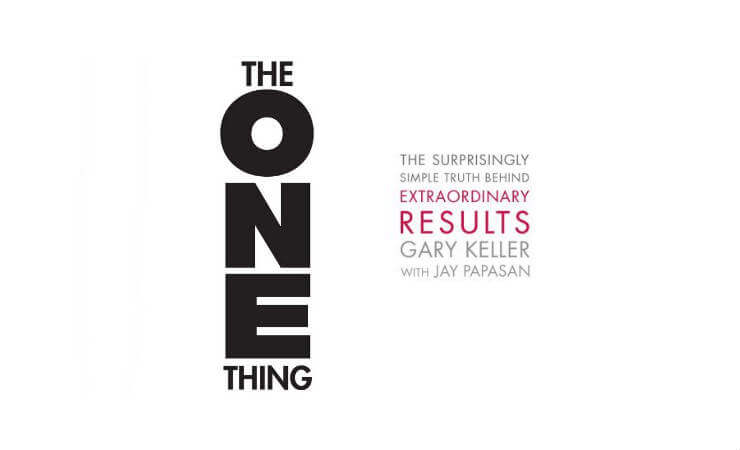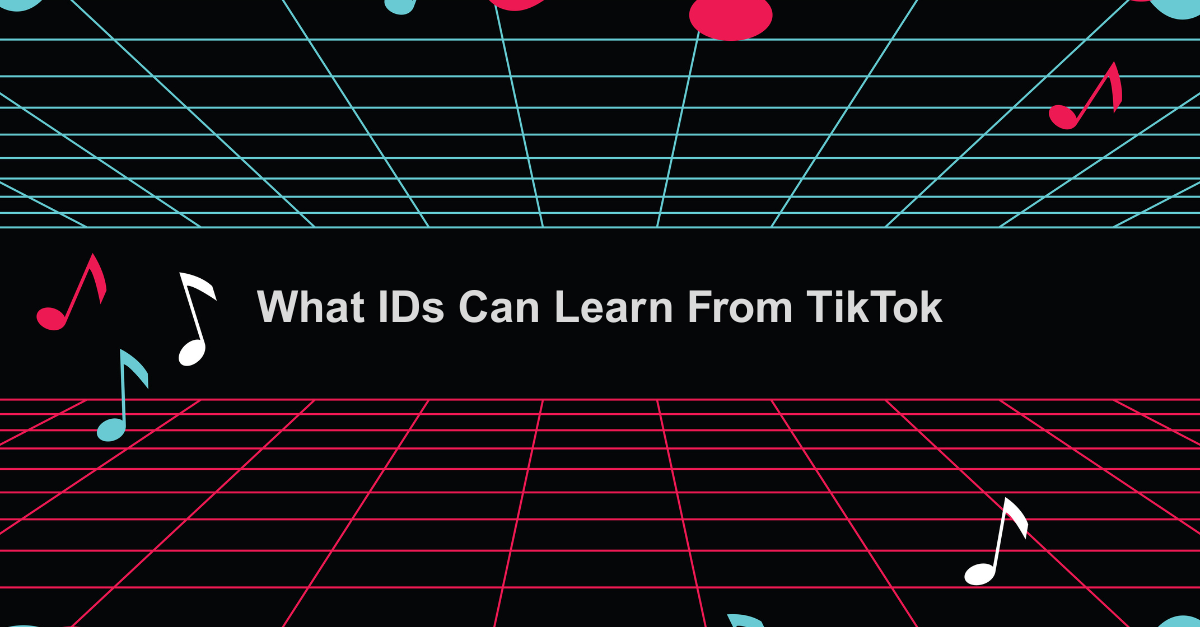TL:DR – Set the rules (your training objectives) and follow the rules (fulfill your training objectives).
Fantasy movies can take us anywhere: distant planets, ancient kingdoms, magical realms where dragons fly and swords glow. But no matter how wild the setting, the best fantasy stories always follow one unspoken rule:
The fantasy world only works if it obeys its own rules.
You can have magic. You can time travel. You can even talk to animals. But if your medieval knight suddenly pulls out a laser gun, you’ve lost the audience.
Why? Because the rules weren’t clear, or worse, they were broken.
Good Fantasy ≠ Anything Goes
Let’s be honest: fantasy sounds like freedom. But real fantasy, the kind that grips us, only works when there’s structure.
Magic must have limits. Heroes must face consequences. The story has to play fair.
Takeaway for Instructional Designers:
Training can be creative, engaging, and full of surprises, but it must be grounded in clear, consistent learning objectives.
Your objectives are the rules of the world. Break them, and your learners lose trust, context, and clarity.
Objectives Are Your World-Building
In fantasy, the writer builds the world. In instructional design, you do, through your training objectives.
- They define what’s possible.
- They give learners direction.
- They help you decide what doesn’t belong.
Objectives aren’t just boxes to check. They’re your creative boundaries, your magic system, your quest, your map.
Without them, you get narrative chaos. In training, that’s disengaged learners, irrelevant content, and wasted time.
The Problem With Mixing Genres
Ever watch a fantasy film that randomly throws in sci-fi elements? It’s jarring. It feels like cheating.
The same goes for learning experiences that suddenly change tone, add in unaligned content, or shift expectations without warning.
For example, if your course says it’s about “Improving Customer Service Communication,” but suddenly dives deep into CRM software integrations, your learners will feel lost. Or worse, tricked.
Stick to the genre. Stick to the goal.
You Can Be Creative Within the Rules
Some of the best fantasy films (The Lord of the Rings, Black Panther, Harry Potter) created wildly imaginative worlds, but every twist, every battle, every spell followed internal logic.
The same goes for training: You can use games, animation, storytelling, even humor, but it should all reinforce, not distract from, the learning goal.
Objectives don’t stifle creativity. They give it purpose.
Final Thought: Magic with Rules > Chaos with Potential
Great fantasy is fantastic because it plays fair. Great instructional design is the same.
🎯 Clear objectives help your learners know what world they’re in, what their quest is, and what success looks like.
So the next time you sit down to build a course or learning journey, remember:
Fantasy is allowed.
Chaos is not.
Follow the rules.
Training Tip:
Create role play carefully. Many learners have a distaste for role play, and I get it. Not everyone is an outgoing extrovert who enjoys being the center of attention. (As discussed here, one way to make role play more inclusive is to gamify it and make it random.) One way to help everyone feel more comfortable is to focus on the training and not the trainee. To do this, stick to the rules. In my experience, I have seen too many facilitators change the rules to stump a learner who was going to complete the role-play activity too quickly.
Just.. don’t.
Set the rules and stick to the rules. Just like good fantasy does.
Unlimited instructional design, reviewes, reviews, and revisions may sound like a fantasy, but it’s not! That’s exactly what The ID Department delivers, with no “rule-breaking” surprises. Learn how here.
#InstructionalDesign #Storytelling #FantasyMovies #LearningExperienceDesign #eLearning #LearningObjectives #InstrucionalDesign #InstructinalDesigners







Leave a Reply